
Addressing climate grief makes you a badass, not a snowflake
With the fires, floods, extreme storms and loss of life, climate grief is real and there are ways to cope. Students are grappling with this too. “Direct engagement with today’s biggest challenges is, nevertheless, the path many of today’s students are choosing to follow. That doesn’t make them snowflakes. It makes them badasses…”
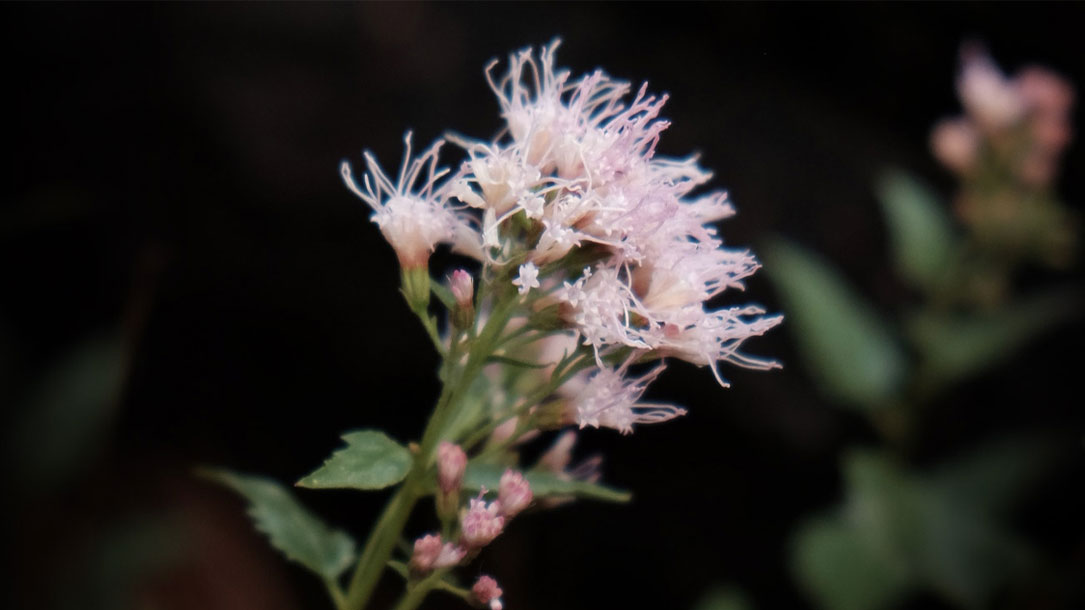
Contribute to Science
Every observation can contribute to biodiversity science, from the rarest butterfly to the most common backyard weed. We share your findings with scientific data repositories like the Global Biodiversity Information Facility to help scientists find and use your data. All you have to do is observe.

A climate change solution beneath our feet
The roots run deep for Scott Stone at Yolo Land & Cattle Company outside Winters, California. His late father, Hank Stone, bought the 7,500-acre ranch about 40 years ago, and it’s now owned and operated by Scott and his brother Casey.
Stone is as much a natural resources manager as a rancher, with a protective eye on the ranch’s watersheds, trees, pasture and grass-fed cattle, and a genuine desire to leave the land better than he found it…

Grasslands more reliable carbon sink than trees
Unlike forests, grasslands sequester most of their carbon underground, while forests store it mostly in woody biomass and leaves. When wildfires cause trees to go up in flames, the burned carbon they formerly stored is released back to the atmosphere. When fire burns grasslands, however, the carbon fixed underground tends to stay in the roots and soil, making them more adaptive to climate change…
“In a stable climate, trees store more carbon than grasslands,” said co-author Houlton, director of the John Muir Institute of the Environment at UC Davis. “But in a vulnerable, warming, drought-likely future, we could lose some of the most productive carbon sinks on the planet… We really need to start thinking about the vulnerably of the ecosystem carbon, and use this information to de-risk our carbon investment and conservation strategies in the 21st century”…
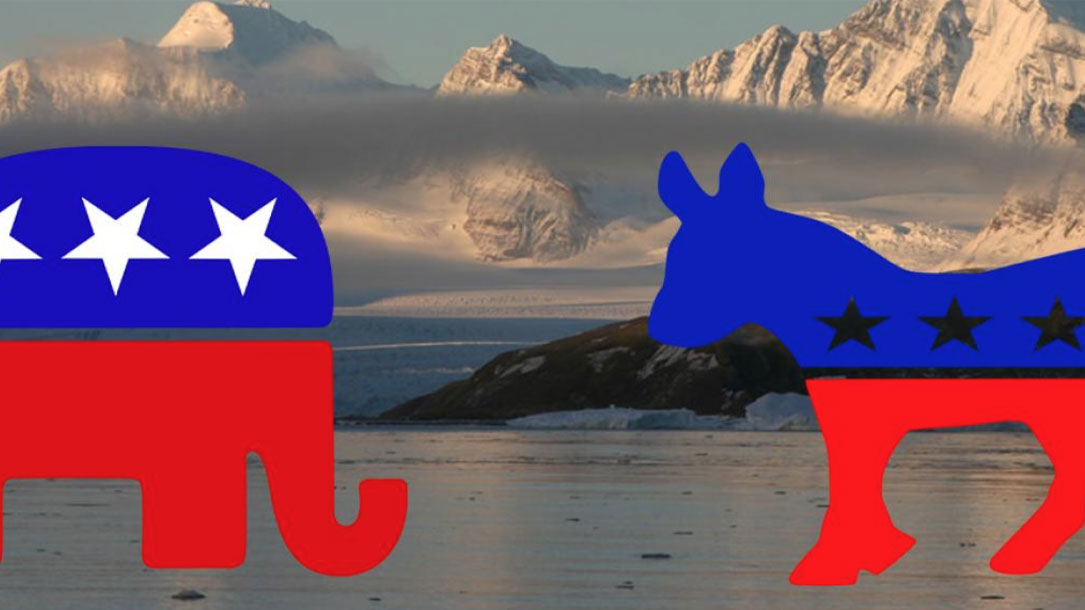
Dems, GOP agree more than they think on climate change
Just how far apart are Republicans and Democrats when it comes to views on climate change?
Not nearly as far as most assume, according to new University of Colorado Boulder research that surveyed more than 2,000 adults.
“Despite what we often hear about the deep divisions between parties, we found that there is actually general agreement that climate change is real, that human activity causes climate change, and that we should do something about it,” said Leaf Van Boven, a psychology and neuroscience professor at CU Boulder and lead author of the study, published today in Perspectives on Psychological Science…
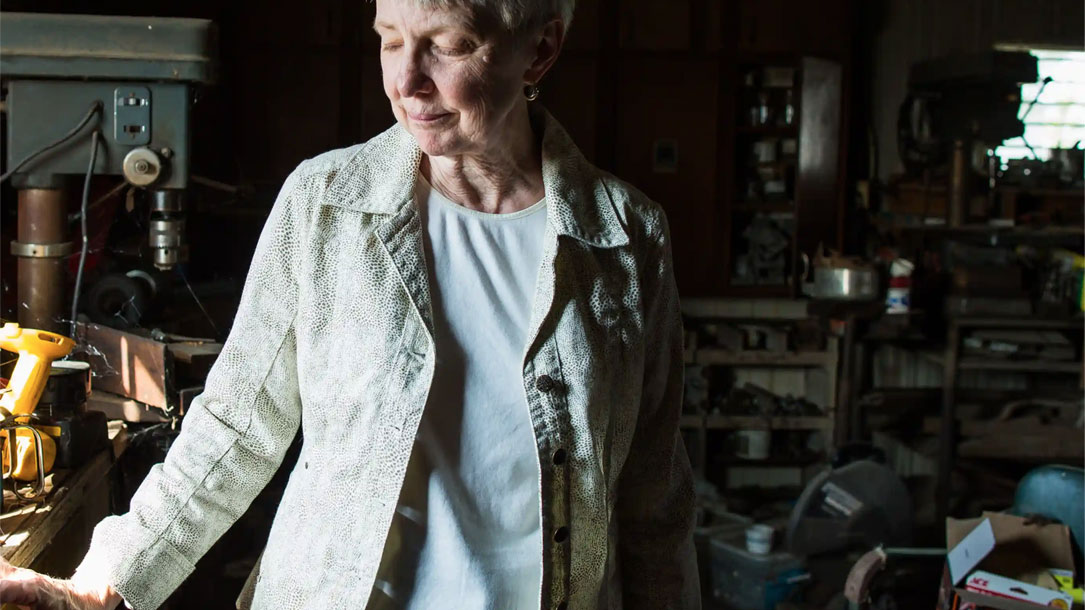
Why are America’s farmers killing themselves?
“It is dark in the workshop, but what light there is streams in patches through the windows. Cobwebs coat the wrenches, the cans of spray paint and the rungs of an old wooden chair where Matt Peters used to sit. A stereo plays country music, left on by the renter who now uses the shop…”
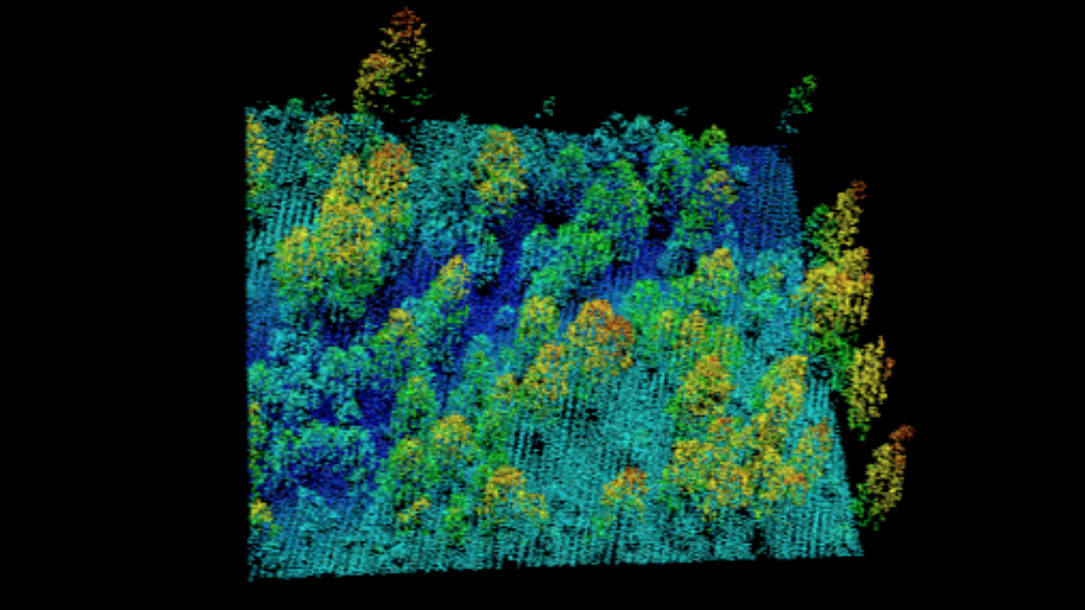
Acre for acre, urban trees can store as much carbon as tropical forest
Conserving trees in villages and urban areas here in the U.S. will help create better living environments for people and animals, and could—if managed well—help off-set carbon pollution.
“Researchers from University College London used a laser-based remote sensing method called LiDAR to build an intricately detailed 3D picture of more than 84,000 individual trees in their home borough of Camden, in northwest London. Then, based on the volumes of trunks and crowns, they calculated the amount of carbon each tree stores…”
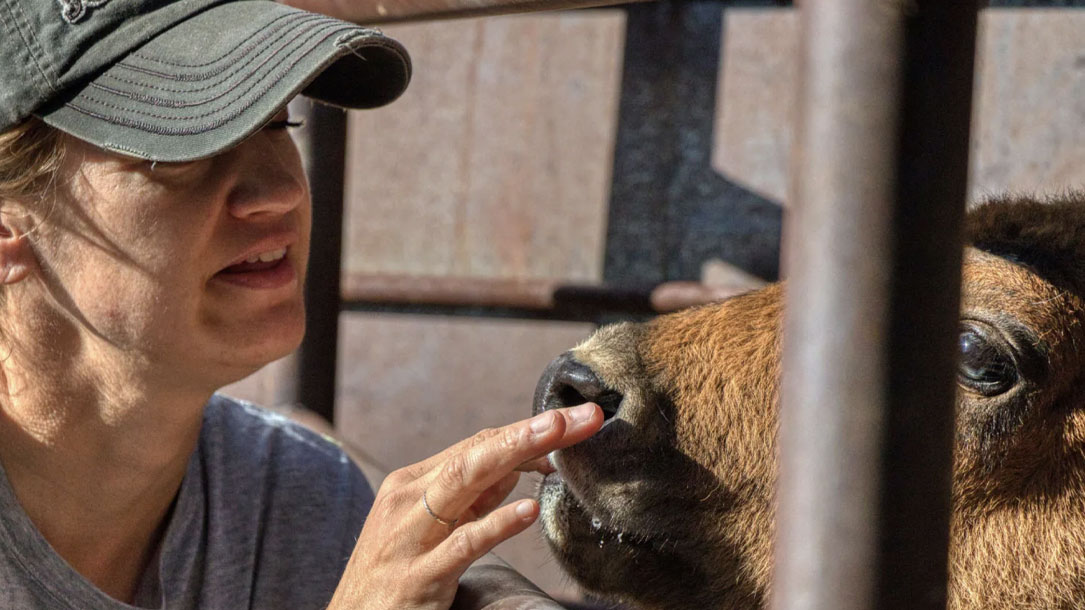
This farmer turns manure into clean water and it may be the future of farming
Austin Allred is so devoted to dairy farming that he switched over to it after growing up as a crop farmer. He now runs Royal Dairy, located in central Washington, where cows are a powerful tool in an astonishing process that creates bio-rich soil and clean irrigation water while cutting down greenhouse gases.
That’s because as much as Royal Dairy cares about what goes into the cows, visitors will quickly realize that their operation is equally concerned with what comes out of them…

Accelerating extinction risk from climate change
“Current predictions of extinction risks from climate change vary widely depending on the specific assumptions and geographic and taxonomic focus of each study. I synthesized published studies in order to estimate a global mean extinction rate and determine which factors contribute the greatest uncertainty to climate change–induced extinction risks. Results suggest that extinction risks will accelerate with future global temperatures, threatening up to one in six species under current policies…”

Environmental impacts of wind power
Given the dire impacts on animals and plants, why is wind and solar still something that so many conservation groups fight, or down play their role in conservation?
Certainly, species extinction from climate change is picking up fast. The Union of Concerned Scientists is a nonpartisan, respected, research organization that outlines the impact of wind power and what to do about it…












